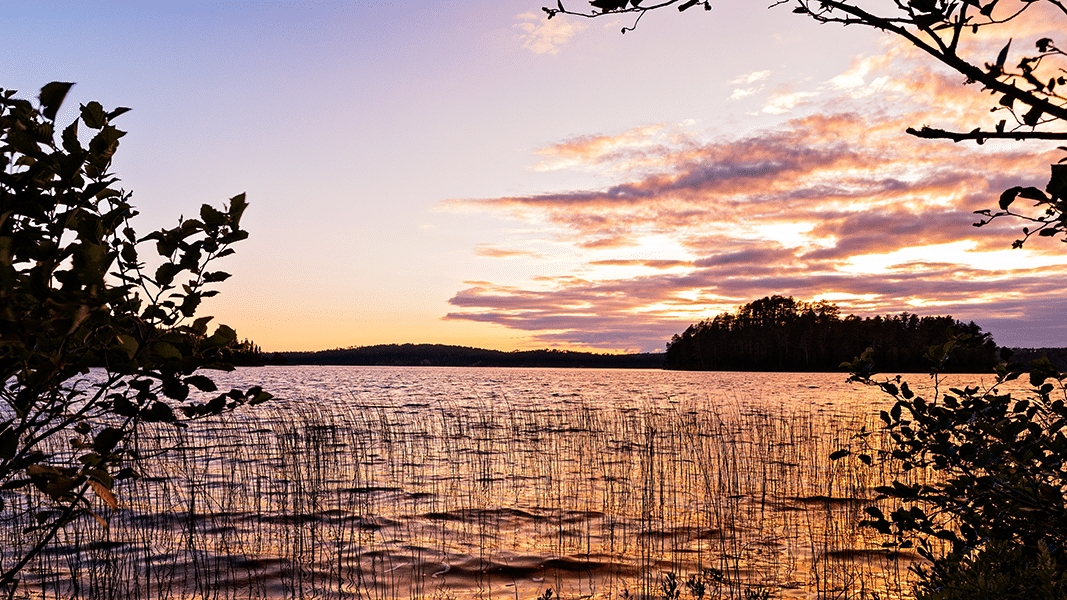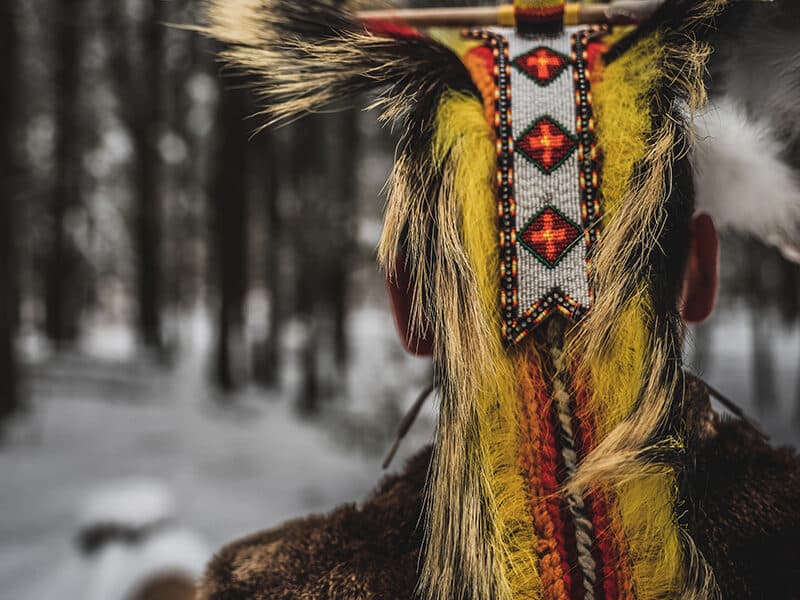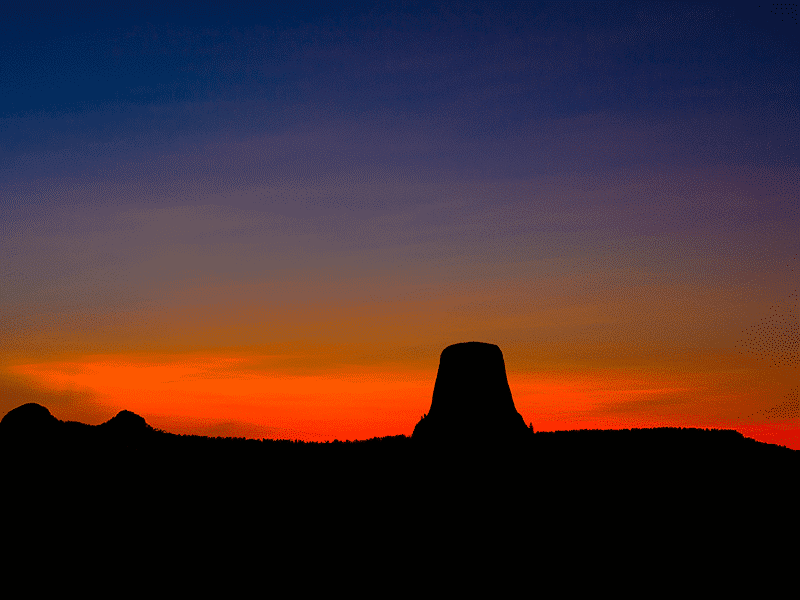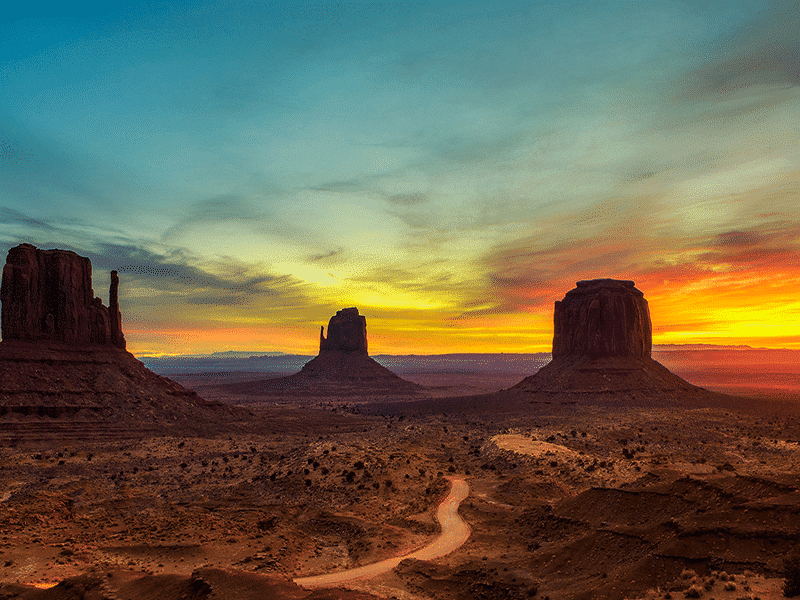In northwest Minnesota, the White Earth Indian Reservation is home to one of the country’s foremost voices for Native land restoration and cultural survival — Winona LaDuke. In 1989, she founded the White Earth Land Recovery Project to buy back usurped reservation lands for the Anishinaabeg people (also known as Ojibwe or, by the English corruption, Chippewa). A former board member of Greenpeace USA, she has a national voice as co-chair of the Indigenous Women’s Network and her own Honor the Earth foundation.
LaDuke sees her efforts at White Earth as a model for what she calls an “Indigenous Green New Deal.” She points to the reservation’s solar panel manufacturing facility, 8th Fire Solar. “We purchased state-of-the-art technology and began manufacturing last fall,” she tells Project CBD.
This vision also includes hemp. LaDuke has established the Anishinaabe Agricultural Institute to promote hemp cultivation on White Earth. She is now growing six hemp varieties on 20 acres — both on her own farm and adjacent reservation lands owned by the White Earth Land Recovery Project. Now in her fifth year of cultivation, she is focusing on fiber varieties and hoping to develop a market among other Native peoples. “The Navajo are interested in buying hemp fiber to weave rugs,” she says.
She’s also provided seed to aspiring hemp farmers on the Rosebud Sioux reservation and Cheyenne River Sioux rez, both in South Dakota. And in her own corner of northern Minnesota, she’s similarly working with local Amish farmers to cooperate in building a hemp economy. “The next economy is based on cooperation not competition,” she says.
Hemp Versus Pipelines
For three years, White Earth has hosted an Indigenous Hemp Conference, bringing together Native American growers from around the country. The last one was held in March, just before the pandemic hit the US.
LaDuke calls hemp critical to “transforming the material economy” of the country and the world. “It is the new green revolution,” she says. “Anything you can make out of oil you can make out of hemp — plus there’s a lot of other cool things you can do, from hempcrete to hemp pasta.”
LaDuke explicitly views such an economy as an alternative to the dominant system based on fossil fuels — which she is actively resisting. Much of her time now is devoted to the fight against the Line 3 oil pipeline that the Canadian company Enbridge hopes to build through Minnesota. Part of a network of pipelines bringing Canadian tar-sands oil to US markets, it is actually a replacement line for an earlier one built in the 1960s. Enbridge seeks to expand the line’s capacity — bringing in more oil from northern Canadian lands where the Cree and other Indigenous peoples are adversely impacted by extraction.
“This is fuel from a notoriously polluting source. We’re at the end of the fossil-fuel era. Other pipelines have gone bankrupt. Why would you approve a new one?” LaDuke asked rhetorically, speaking to the Minneapolis Star-Tribune earlier this year.
Authorities in Canada, North Dakota, and Wisconsin have approved construction of the new line — but Minnesota’s Department of Natural Resources has still not granted full approval. This is partially due to the vocal opposition of the state’s Native peoples, including the White Earth Band of Ojibwe. Together with the Mille Lacs Band of Ojibwe and Red Lake Band of Chippewa, they have brought legal challenge, asserting that the potential for oil spills from the line poses a risk to their treaty-guaranteed hunting, fishing, and gathering rights. LaDuke is a leading voice of the state’s Stop Line 3 coalition.
And nearly always, in her vocal protests against Line 3 and related projects like the Keystone XL and Dakota Access pipelines (also notoriously impacting Native lands), LaDuke poses hemp as an alternative. In a commentary for Indian Country Today Media Network, she noted the growing signs of imminent climate apocalypse, and added: “We might want to avert that by not pillaging the tar sands (with 240 gigatons of carbon under some pristine ecosystems). Instead we might want to concentrate on infrastructure for people and future generations. North Dakota, for instance could be the largest exporter of wind and hemp oil in North America…”
While Enbridge boasts that construction of Line 3 would generate thousands of jobs, a company project director admitted under oath at a state hearing this year that only 22 permanent jobs would be created in Minnesota.
“We’re gonna have more than 22 jobs in the hemp economy by next year,” says LaDuke. “And we won’t be destroying, we’ll be creating.”
An Indigenous Green New Deal
LaDuke envisions hemp as part of a mix of new crops and technologies that can break the oil addiction. She foresees a “diversified economic transition that can move northern Minnesota farming away from industrial agriculture to hemp and local foods, cutting waste in the production and transport of food by localizing. We can move from cars to trains and make trains electric. There’s so much wind potential along the rail lines. We have wind turbines coming from Europe at the port of Duluth. Why aren’t those turbines made here for use in Nebraska?”
With Native peoples at the forefront in her vision, LaDuke hopes the coming years will see an “intertribal hemp coop” for the Great Lakes and Plains states. “There are lot of tribes in the region with good land for hemp. Sharing processing equipment would be great.”
And while her focus is industrial hemp, LaDuke does not equivocate on the importance of the psychoactive varieties: “I support legalization of cannabis totally — a just transition in which people of color impacted by the war on drugs own some of the production capacity and dispensaries.”
She notes that this August, White Earth passed a medical marijuana ordinance, and is putting a regulatory mechanism in place for cultivation. “It’s more than likely that by 2022, we’ll be growing medicinal cannabis on the reservation.”
She also links Native sovereignty to restoration of hemp and cannabis genetics after generations of prohibition. “The 0.3% is really punitive and makes no sense,” she says, referring to the federal limit on THC content in hemp. “The tribes should take jurisdiction over that. The plant needs to redevelop its biodiversity and strength.”
Hemp for Sovereignty & Survival
In September 2020, Winona LaDuke spoke in an online “Teach-In on Food & Water Justice.” In the presentation, she discussed a choice that was made a century ago to switch from a “carbohydrate economy” to a “hydrocarbon economy” — from one based on food and fiber crops grown in the earth, such as hemp, to one based on fossil fuels extracted from the earth. “We made the wrong choice,” she said. But now Native American peoples are well situated to lead the transition back.
For starters, indigenous peoples worldwide find themselves the guardians of genetic diversity, precisely because their lands were left behind by modernization. “A lot of our tribes have feral varieties of hemp left over from the eradication programs — somehow they didn’t get to us,” she said.
Turning to corn, she notes that multinationals like Monsanto are developing “climate-smart varieties” designed to increase yields in hotter, drier climates — but priced for agribusiness and still dependent on petrochemical fertilizers. “Meanwhile, indigenous nations worldwide are adapting our pre-petroleum varieties to the times ahead.”
Portal to a New Economy
LaDuke cites the notion, recently articulated by South Asian writer Arundhati Roy, of the “pandemic as portal” to a new economy.
The challenge, says LaDuke, “in the time of COVID and the time of crisis is to figure out how we’re going to survive. This is really a small snapshot of what the future in a climate change-challenged world will be — and it is our opportunity to be smart and not to try to go back to normal … Crisis is opportunity. Let’s rebuild local food systems, because the big food systems aren’t going to work. Let’s go organic, let’s get climate-resilient …”
Speaking calmly into the camera from White Earth, she summed up the essence of 2020’s surreal-seeming headlines.
“Systems are crashing. Idols are falling. Fossil fuels are failing. Now would be the time to walk through that portal and to make that new economy … Let’s get local. Let’s get renewable energy. Let’s grow local foods. Let’s grow some hemp. And let’s use our indigenous knowledge … This is our time. It’s time to walk through that portal, walk down that pathway and create that good life again. The New Green Revolution is here.”
See other articles in the Hemp & Native American Sovereignty series.
Bill Weinberg, a Project CBD contributing writer, is a 30-year veteran journalist in the fields of drug policy, ecology and indigenous peoples. He is a former news editor at High Times magazine and produces the websites CounterVortex.org and Global Ganja Report. © Copyright, Project CBD. May not be reprinted without permission.
Recommended Readings
Reviving Hemp in Menominee Country
Part 1 of a 5-part series on hemp and Native American sovereignty.
Standing Up in Lakota Country
Part 3 of a 5-part series on hemp and Native American sovereignty.
Showdown at Navajo Nation
Part 4 of a 5-part series on hemp and Native American sovereignty.
Closing the Circle
The final installment of a 5-part series on hemp and Native American sovereignty.





